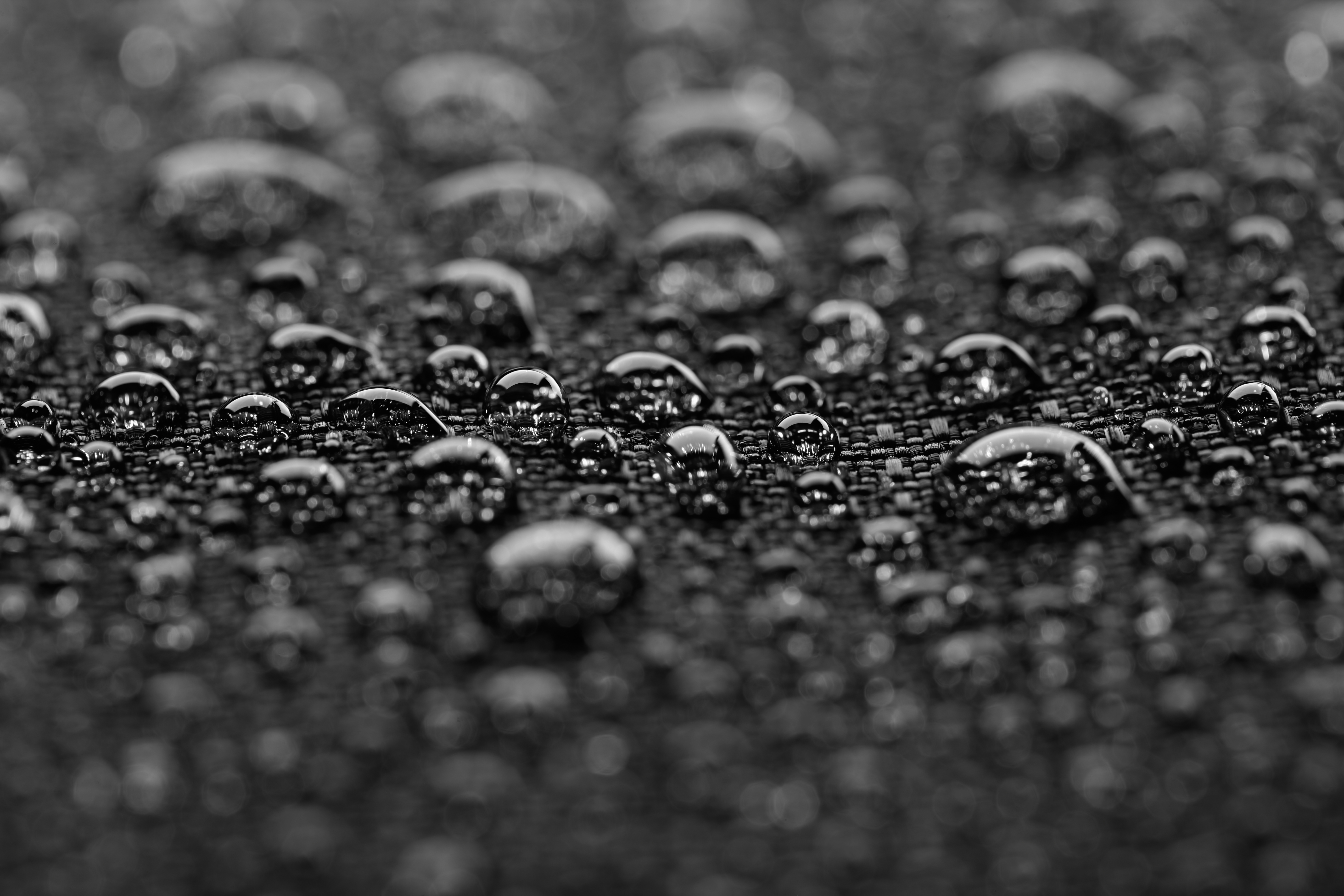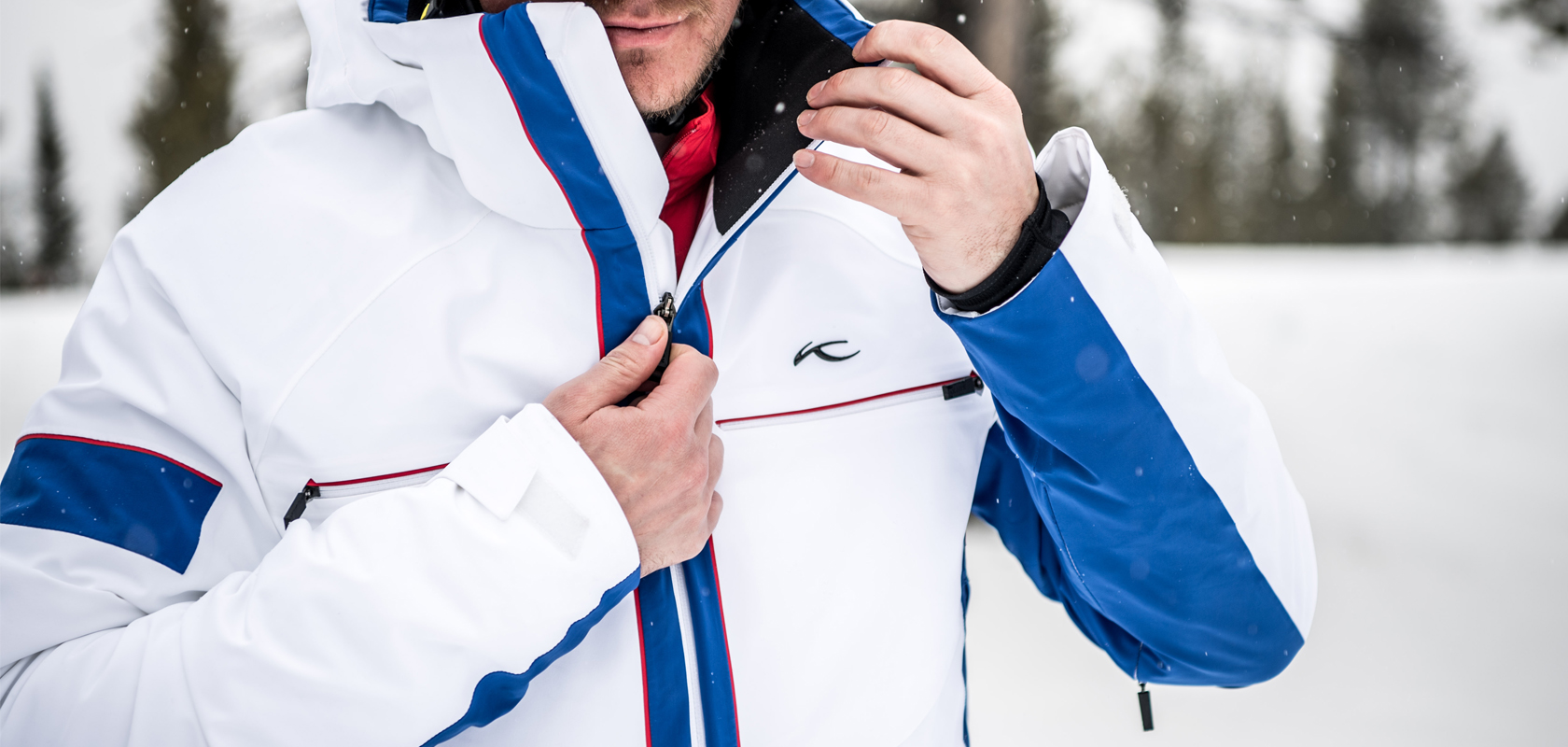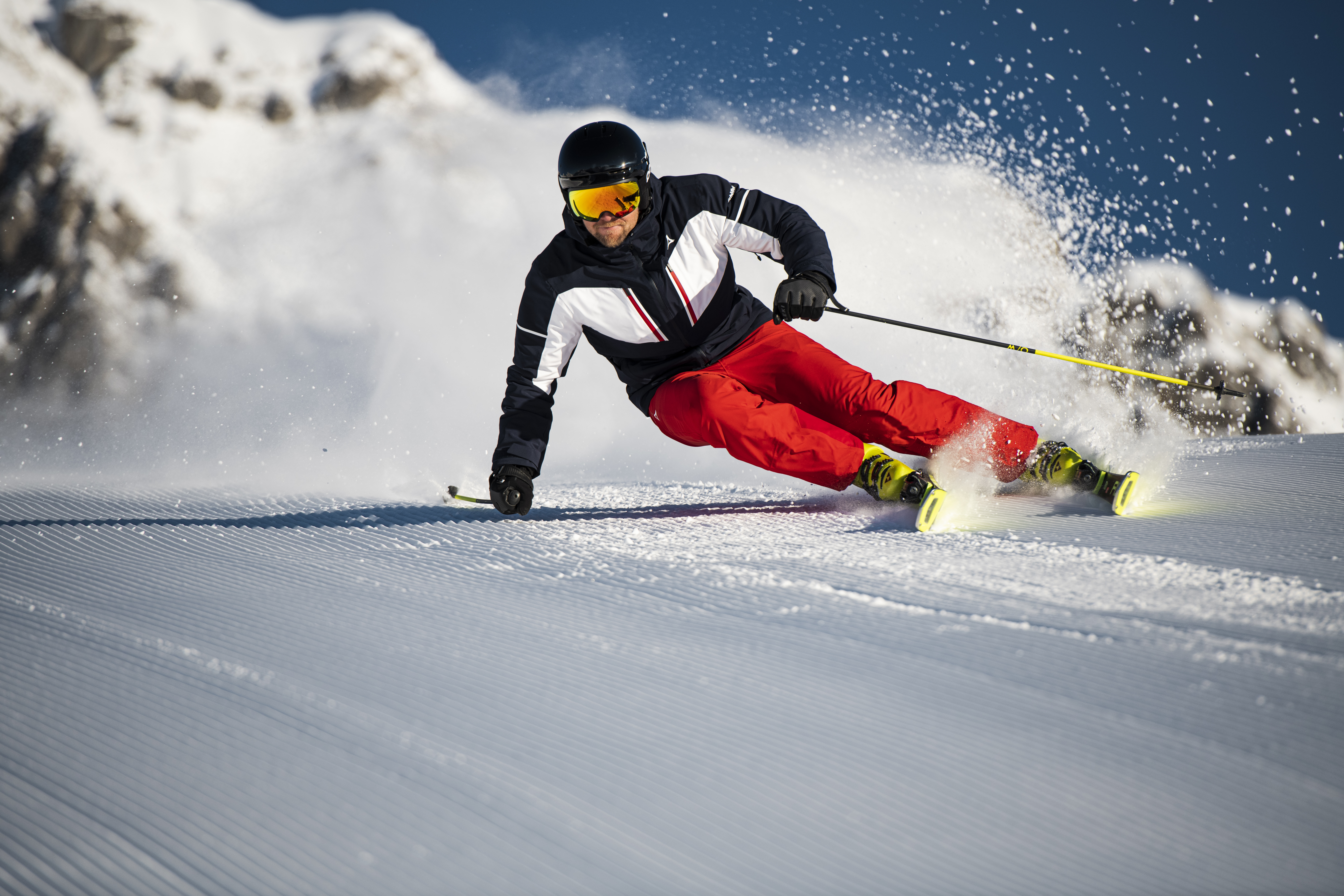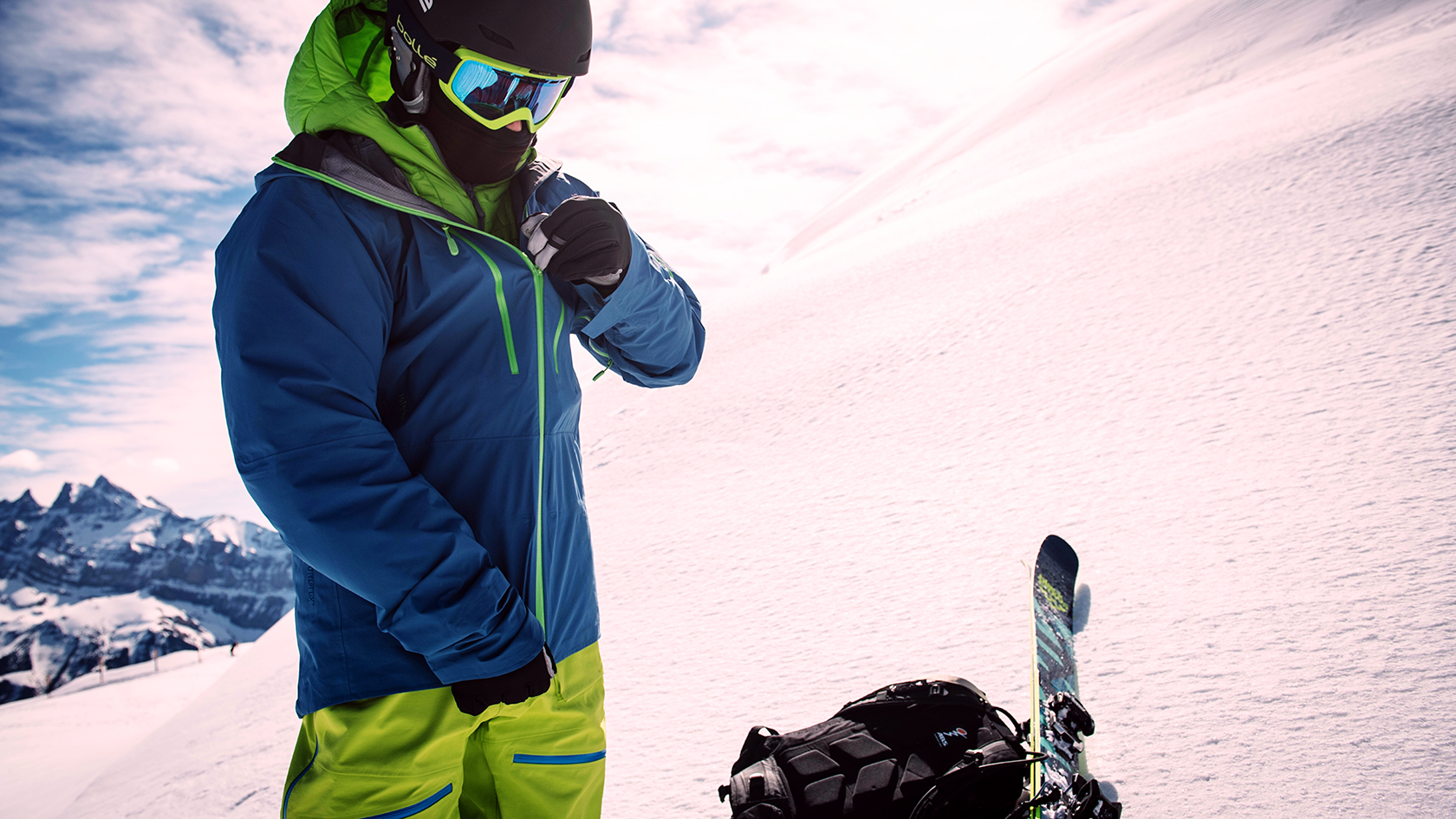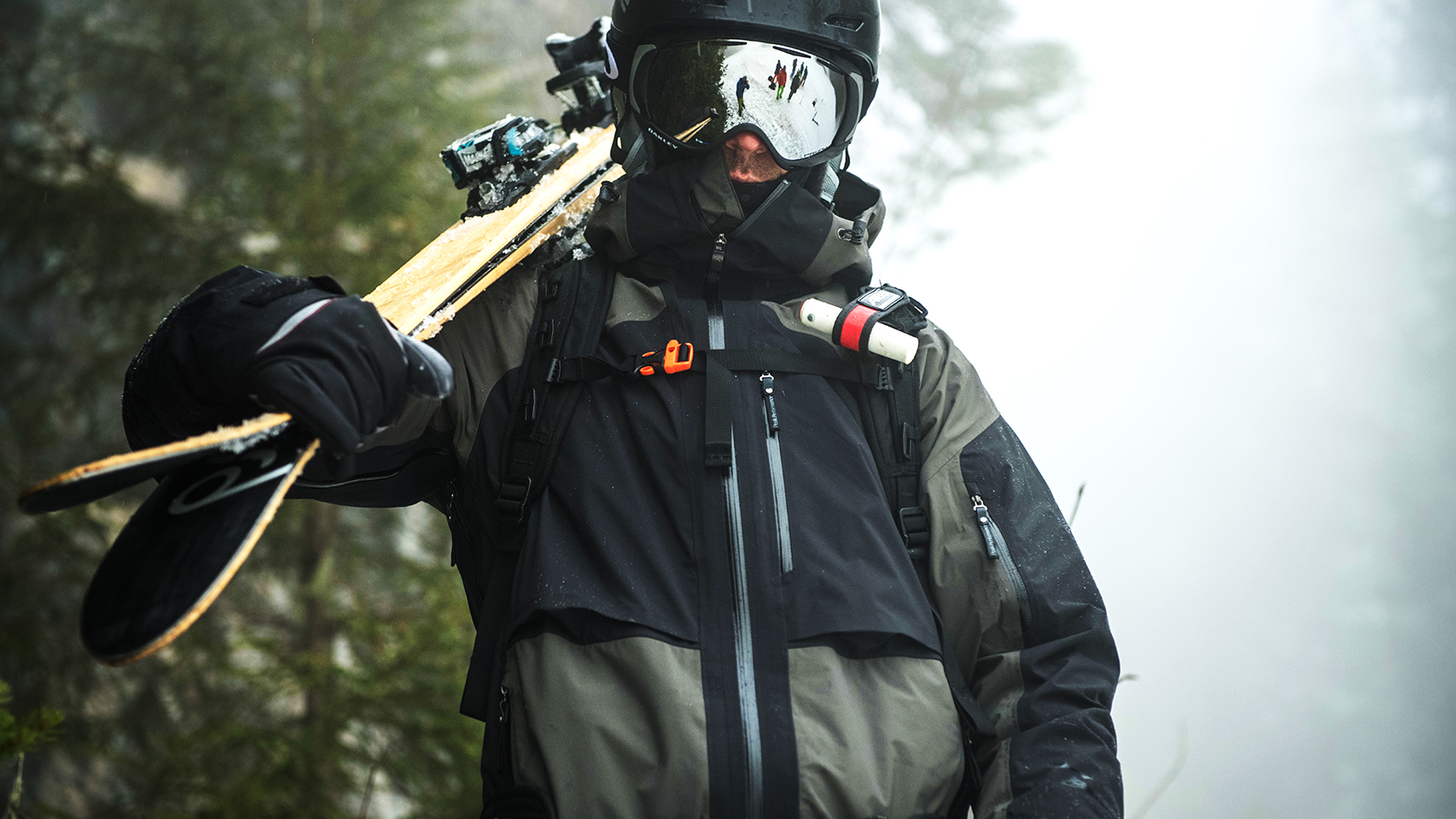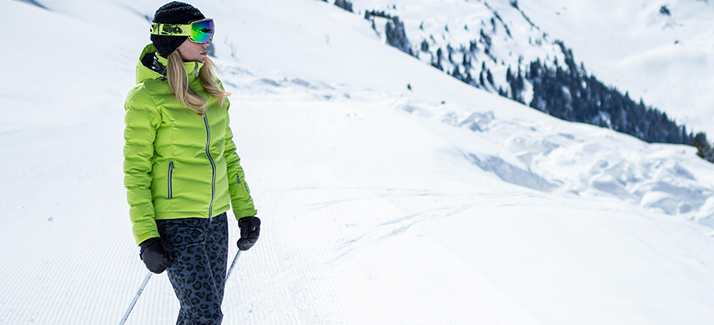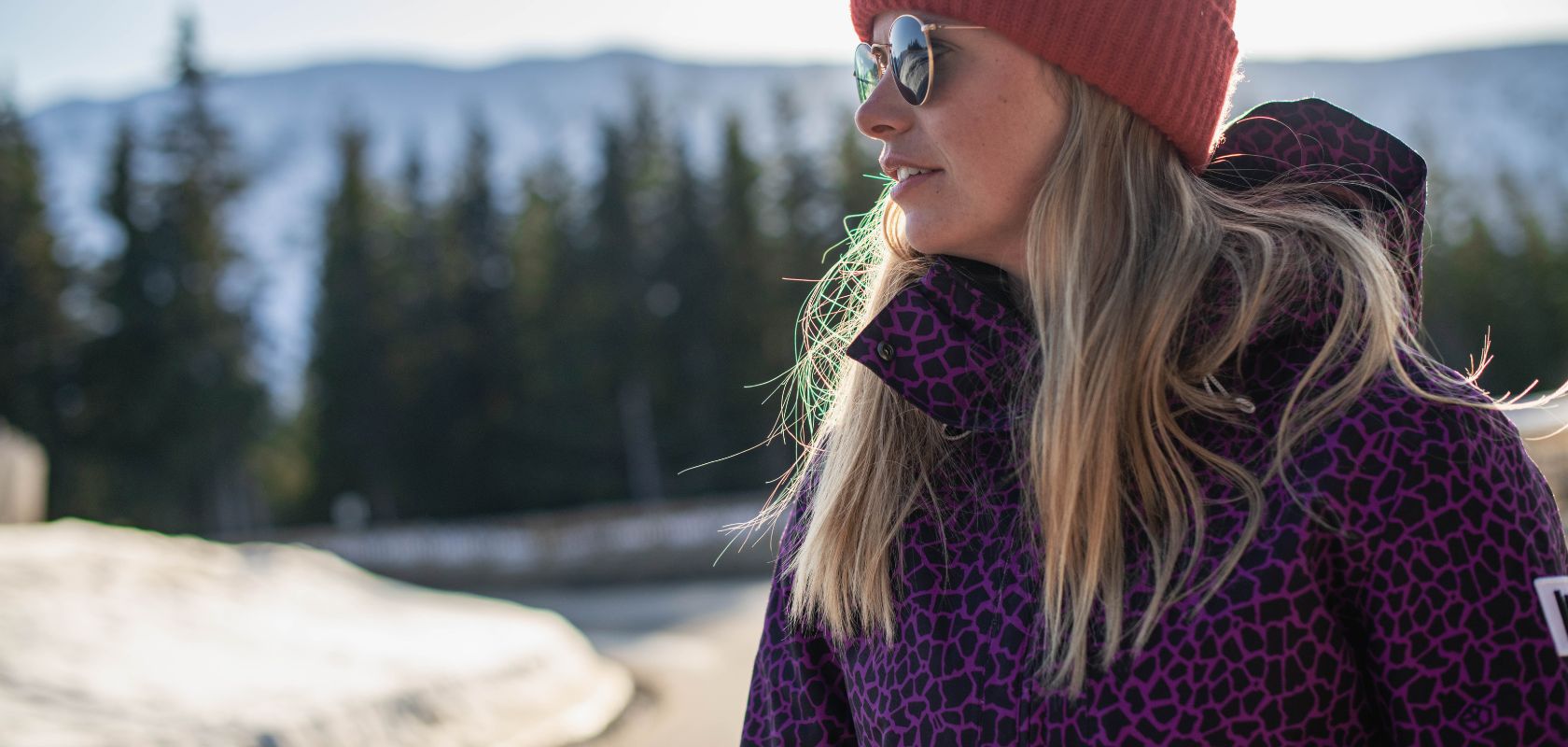Waterproof Rating and Breathability Explained
Exploring Britain’s diverse landscapes—from rolling hills and ancient woodlands to rugged mountains and bustling city streets—requires gear that adapts seamlessly to ever-changing environments. The secret to comfort and confidence lies in understanding the science behind waterproof ratings and breathability, ensuring your outdoor clothing keeps moisture at bay while allowing your body to regulate its own temperature. By prioritising technical features such as hydrostatic head values, MVTR performance, and the distinction between waterproof, water-resistant, and water-repellent materials, you can select garments that stand up to the demands of any adventure.
What Are Waterproof Ratings?
Waterproof ratings are a standardised way to describe how well a fabric can resist water penetration, providing a clear indication of the level of protection you can expect from your outdoor clothing. This rating is typically expressed in millimetres (mm), which refers to the height of a column of water that the fabric can withstand before it begins to leak. For example, a jacket with a waterproof rating of 10,000mm means that the fabric can hold back a 10-metre column of water before any moisture seeps through. This measurement is not just a marketing term; it is based on laboratory testing that replicates real-world wet weather conditions.
The importance of waterproof ratings cannot be overstated for outdoor enthusiasts. Whether you are trekking through the Lake District in the rain or skiing in the Scottish Highlands, knowing the waterproof rating of your gear helps you anticipate how it will perform in different environments. Lower ratings are suitable for light showers or dry snow, while higher ratings are essential for heavy rain, wet snow, or prolonged exposure to moisture. This knowledge empowers you to choose the right gear for your adventures, ensuring you stay dry and comfortable no matter what the British weather throws your way.
How Are Waterproof Ratings Measured?
The waterproofness of a fabric is determined using a laboratory procedure known as the Hydrostatic Head Test. In this test, a piece of fabric is stretched tightly beneath a sealed tube, which is then filled with water. The height of the water column is gradually increased until water starts to seep through the fabric. The point at which this occurs is recorded in millimetres and becomes the waterproof rating of the material. For example, if water penetrates the fabric at a height of 15,000mm, the garment is rated as 15,000mm waterproof.
This method provides a standardised and objective way to compare different fabrics and products. However, it is important to remember that real-world performance can be affected by factors such as wear and tear, dirt, and the quality of seams and zips. Even a high-rated fabric can fail if the garment construction is poor or if the waterproof membrane becomes damaged over time. Therefore, when considering waterproof ratings, it is also essential to look at the overall construction and maintenance of your gear to ensure long-lasting protection.
Waterproof Ratings Explained: What Do the Numbers Mean?
Waterproof ratings can sometimes seem confusing, but understanding the numbers is key to selecting the right gear for your needs. Ratings up to 5,000mm are generally considered suitable for light rain and dry snow, making them ideal for city commuting or short walks in mild conditions. Fabrics rated between 6,000mm and 10,000mm offer moderate protection and are well-suited for everyday outdoor activities, such as hiking or cycling in changeable weather. When you move into the 11,000mm to 15,000mm range, you are looking at gear designed for heavy rain and wet snow, which is perfect for more demanding outdoor sports and longer excursions.
For those who venture into extreme environments, such as mountaineering or backcountry skiing, jackets with ratings of 16,000mm and above are recommended. These garments provide exceptional resistance to water penetration, even under high pressure or prolonged exposure. However, it is important to note that higher waterproof ratings can sometimes come at the expense of breathability, which is why it is crucial to balance both properties based on your specific activities and needs. Ultimately, the right waterproof rating ensures you remain dry and protected, allowing you to focus on enjoying your adventure rather than worrying about the weather.
| Waterproof Rating (mm) | Water Resistance Level | Conditions Suitable For |
|---|---|---|
| 0-5,000 | No/little resistance | Light rain, dry snow |
| 6,000-10,000 | Some resistance | Light to average rain, snow |
| 11,000-15,000 | Normal resistance | Moderate rain, average snow |
| 16,000-20,000 | High resistance | Heavy rain, wet snow |
| 20,000+ | Highest resistance | Extreme rain, wet snow, high pressure |
Waterproof vs. Water-Resistant vs. Water-Repellent
The terms waterproof, water-resistant, and water-repellent are often used interchangeably, but they have distinct meanings that are important to understand when choosing outdoor clothing. Waterproof garments are designed to be completely impervious to water, even under prolonged exposure or submersion. These products typically feature advanced membranes, fully taped seams, and robust construction to ensure no moisture can penetrate the fabric, making them ideal for harsh weather conditions and extended periods outdoors.
Water-resistant clothing, on the other hand, offers a lower level of protection. These garments can withstand light rain or brief exposure to moisture but will eventually allow water to seep through if the conditions persist. Water-resistant jackets are often treated with a Durable Water Repellent (DWR) coating, which helps water bead and roll off the surface, but they lack the fully sealed seams and advanced membranes found in waterproof gear.
Water-repellent fabrics are treated to resist water on the surface, causing droplets to bead up and roll off rather than soaking in. While this provides some protection against light rain or splashes, it is not sufficient for heavy or prolonged exposure. When shopping for outdoor gear, always check the product specifications to ensure you are getting the level of protection you need for your intended activities.
What Is Breathability in Outdoor Clothing?
Breathability is a critical feature in outdoor clothing, referring to a fabric’s ability to allow moisture vapour from sweat to escape while preventing water from entering from the outside. This property is essential for maintaining comfort during physical activities, as it helps regulate body temperature and prevents the build-up of sweat inside your clothing. When you engage in activities like hiking, running, or skiing, your body generates heat and moisture, which needs to be released to avoid feeling clammy or overheated.
Breathable fabrics achieve this through advanced membranes or coatings with microscopic pores that are small enough to block liquid water but large enough to let water vapour pass through. Materials such as expanded polytetrafluoroethylene (ePTFE), polyurethane (PU), or polyester membranes are commonly used in high-performance outdoor gear. The result is a garment that keeps you dry from both the outside and the inside, ensuring maximum comfort and performance in a wide range of conditions.
How Is Breathability Measured?
The breathability of a fabric is typically measured using the Moisture Vapour Transmission Rate (MVTR), which quantifies how much water vapour can pass through a square metre of fabric in 24 hours. This measurement is expressed in grams per square metre per 24 hours (g/m²/24h), with higher numbers indicating greater breathability. For example, a jacket with a breathability rating of 20,000g/m²/24h allows more moisture to escape than one rated at 5,000g/m²/24h, making it better suited for high-intensity activities where you are likely to sweat more.
There are several methods for testing breathability, including the Upright Cup Test and the Inverted Cup Test. These tests involve placing the fabric over a container of water or desiccant and measuring the amount of moisture that passes through over a set period. While laboratory tests provide a useful benchmark, real-world factors such as humidity, temperature, and activity level can also affect how breathable a garment feels during use. When choosing outdoor clothing, look for products with high MVTR ratings if you plan to engage in strenuous activities or wear your gear for extended periods.
Balancing Waterproofness and Breathability
Achieving the right balance between waterproofness and breathability is one of the most important considerations when selecting outdoor clothing. A jacket that is highly waterproof but lacks breathability can trap sweat and moisture inside, leaving you feeling wet and uncomfortable even if no rain gets in. Conversely, a garment that is extremely breathable but not sufficiently waterproof may keep you cool and dry during intense activity but fail to protect you in heavy rain or wet snow.
Modern outdoor gear is designed to offer both properties by using advanced materials and construction techniques. For example, multi-layer fabrics with specialised membranes can provide excellent waterproof protection while still allowing moisture vapour to escape. When making your choice, consider the type of activity you will be doing and the conditions you are likely to encounter. High-intensity sports such as running, climbing, or backcountry skiing demand greater breathability, while activities in wet, cold, or variable climates require higher waterproof ratings. By understanding your needs and the technical specifications of your gear, you can find the perfect balance for optimal comfort and performance.
Construction Types: 2-Layer, 2.5-Layer, and 3-Layer Fabrics
The construction of waterproof and breathable fabrics plays a significant role in determining their performance, durability, and comfort. There are three main types of construction used in outdoor clothing: 2-layer, 2.5-layer, and 3-layer fabrics. Each type offers distinct advantages and is suited to different activities and environments.
2-layer fabrics consist of an outer shell bonded to a waterproof membrane, with a separate lining or mesh to protect the membrane from abrasion and body oils. This construction is typically found in everyday jackets and is ideal for light hiking or city commuting, offering a good balance of protection and comfort at an affordable price point.
2.5-layer fabrics add a thin protective coating or print to the inside of the waterproof membrane, eliminating the need for a separate lining. This makes the garment lighter and more packable, which is perfect for activities where weight and space are concerns, such as backpacking or travel. However, 2.5-layer jackets may be less durable than 3-layer options and can sometimes feel clammy against the skin during intense activity.
3-layer fabrics feature an outer shell, a waterproof membrane, and an inner lining all bonded together, creating a single, robust piece of material. This construction offers the highest level of durability, protection, and breathability, making it the top choice for technical jackets used in extreme conditions like mountaineering or backcountry skiing. While 3-layer garments tend to be more expensive, their superior performance and longevity make them a worthwhile investment for serious outdoor enthusiasts.
Choosing the Right Waterproof Jacket for Your Activity
Selecting the ideal waterproof jacket involves considering several factors, including the climate you will encounter, your activity level, the duration of your exposure, and your preferences for weight and packability. In mild or urban environments, a jacket with a waterproof rating of 5,000-10,000mm and moderate breathability is usually sufficient for city commuting or short walks. For hiking or more strenuous outdoor activities, look for jackets with ratings of 10,000-15,000mm for waterproofness and 10,000-15,000g/m²/24h for breathability, ensuring you stay comfortable and protected during changing weather conditions.
Winter sports such as skiing or snowboarding demand higher levels of both waterproofness and breathability, with recommended ratings of 10,000-20,000mm and 10,000-20,000g/m²/24h, respectively. For mountaineering or expeditions in extreme weather, opt for jackets rated at 20,000mm or higher for waterproofness and 20,000g/m²/24h or more for breathability. Additionally, consider the weight and packability of your jacket, as lightweight options are easier to carry but may sacrifice some durability or protection. By matching your gear to your activity and environment, you can ensure maximum comfort and safety on every adventure.
All You Need To Keep Dry + Cool On The Slopes
Understanding waterproof ratings and breathability is essential for selecting the right outdoor clothing, ensuring you stay dry, comfortable, and safe in any weather. By learning how these properties are measured and what the numbers mean, you can make informed decisions about your gear and enjoy your adventures with confidence. Whether you are braving a downpour in the city or tackling a snowy mountain trail, the right jacket will keep you protected and ready for whatever nature has in store. Explore the expert range of waterproof and breathable jackets at Snow+Rock to find the perfect gear for your next adventure12.
FAQs
A waterproof rating indicates how much water pressure a fabric can withstand before it starts to leak, measured in millimetres (mm) using the hydrostatic head test. The higher the number, the more waterproof the jacket is considered to be.
A good waterproof rating for most outdoor activities is typically 10,000mm or higher. For heavy rain or extreme conditions, ratings of 20,000mm and above are recommended.
Breathability is measured by the Moisture Vapour Transmission Rate (MVTR), which shows how much water vapour can pass through a square metre of fabric in 24 hours, usually expressed in g/m²/24h. Higher numbers indicate better breathability.
Yes, many modern jackets use advanced membranes and construction methods to offer both waterproofness and breathability, allowing sweat to escape while keeping rain out.
Waterproof jackets prevent all water penetration, water-resistant jackets can handle light rain but not prolonged exposure, and water-repellent jackets have a surface treatment that causes water to bead and roll off but may not withstand heavy rain.
This usually occurs due to condensation or sweat accumulation when the jacket’s breathability is insufficient, or if the breathability rating is too low for your activity level.
Check for a hydrostatic head rating of at least 1,500mm (the minimum for “waterproof” by British standards), fully taped seams, and a reputable membrane such as GORE-TEX or similar.
Regularly clean your jacket according to manufacturer instructions and reapply a Durable Water Repellent (DWR) treatment to restore its water-beading properties.
For hiking, a jacket with at least 10,000mm waterproof rating and good breathability is recommended. For skiing or mountaineering, look for 15,000–20,000mm or higher, with equally high breathability ratings.
The waterproofness of a jacket can degrade over time due to wear, dirt, and washing. Regular maintenance and reproofing can extend its lifespan, but eventually, the membrane or coating may deteriorate and need replacing.
Related Articles

Let us know you agree to cookies
We use marketing, analytical and functional cookies as well as similar technologies to give you the best experience. Third parties, including social media platforms, often place tracking cookies on our site to show you personalised adverts outside of our website.
We store your cookie preferences for two years and you can edit your preferences via ‘manage cookies’ or through the cookie policy at the bottom of every page. For more information, please see our cookie policy.
